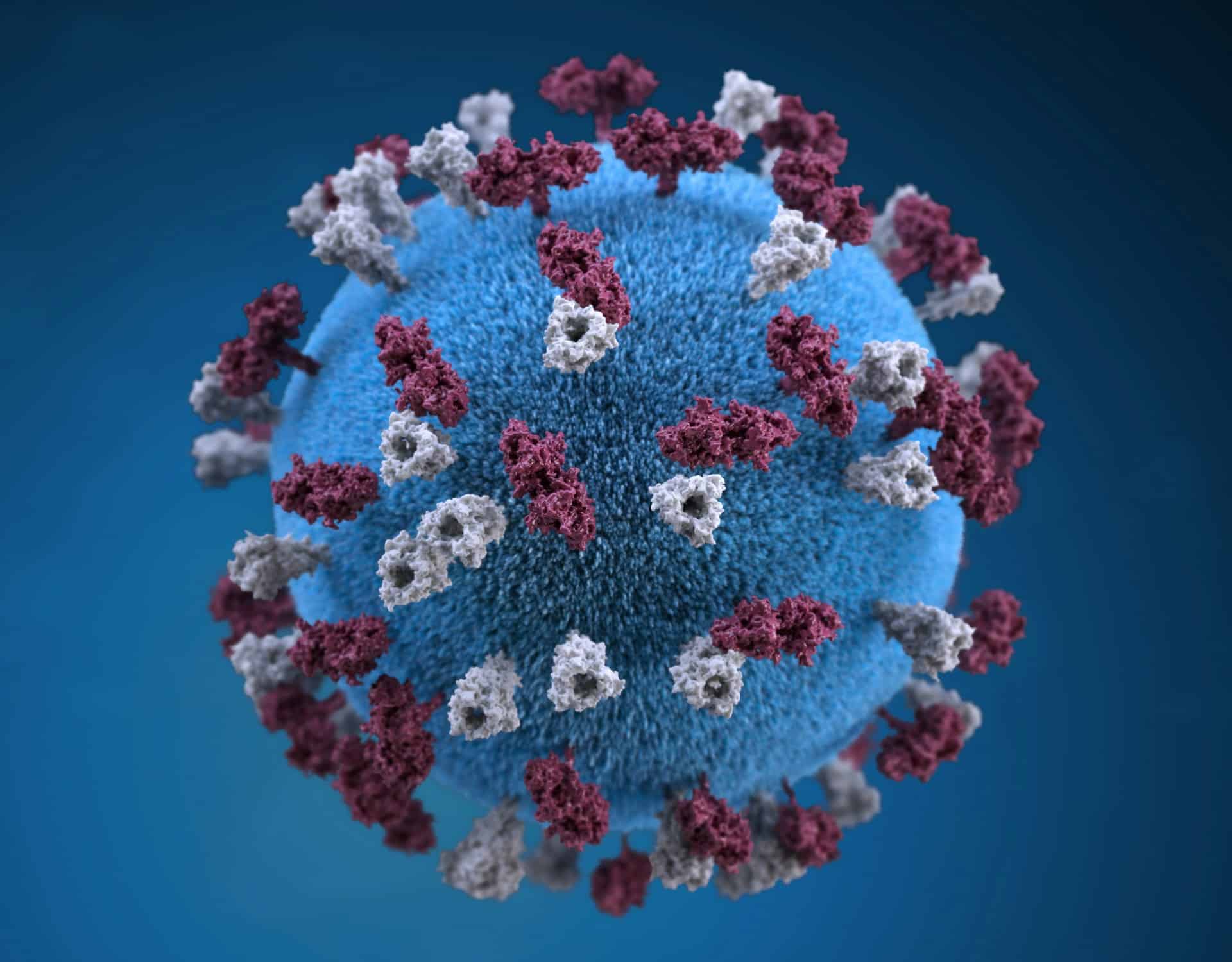In the fast-paced world of medical innovation, one technology stands out for its potential to revolutionize disease diagnosis: microfluidics. Today, we’re going to delve into the field and explore the latest advancements in microfluidic devices for rapid disease diagnosis.
Microfluidic Technology: A Primer
Before we dive into the specifics, let’s take a moment to introduce microfluidics. This technology, as the name suggests, involves the manipulation of small volumes of fluid, often through intricate networks of micro-channels. It has a wide range of applications, but for our purposes, we’ll focus on its utility in disease diagnosis.
Lire également : Boost your visibility on tiktok, youtube shorts and instagram
Microfluidic devices have several features that make them ideal for diagnostic purposes. They are small, portable, and require very little sample material. This means they can be used at the point of care (POC), rather than in a lab, allowing for immediate results and eliminating lengthy transport and processing times. Importantly, with the incorporation of nucleic acid-based detection methods, these devices can provide highly accurate diagnosis for a variety of diseases, including infectious ones such as viruses.
The Role of Microfluidics in Rapid Disease Diagnosis
The need for rapid and accurate disease diagnosis cannot be overstated. Traditional methods often involve sending samples to a lab and waiting for results, a process that can take days or even weeks. In contrast, microfluidic diagnostic devices promise results within minutes or hours, greatly improving patient outcomes, especially in time-sensitive cases such as infectious diseases.
A découvrir également : Can Smart Glasses with Augmented Reality Aid Visually Impaired Users in Navigating Cities?
The key innovation in these devices is the nucleic acid-based detection. This involves extracting and identifying the genetic material of a pathogen, allowing the device to confirm the presence of a specific disease. Because this process is carried out on the microfluidic chip itself, it is highly efficient and rapid.
Recent Advances in Microfluidic Diagnostic Devices
If you’re scanning the current landscape of scholarly papers and research reports, you’ll notice a surge in advancements in microfluidic diagnostic devices. New features and capabilities are being added at a rapid pace, improving both the speed and accuracy of diagnosis.
Over the last few years, Google Scholar and CrossRef databases reveal numerous studies showing promising results for the use of microfluidic devices in diagnosing various diseases, from bacterial infections to cancer. For example, research published in late 2023 showed a new chip that could detect the presence of the COVID-19 virus in less than an hour, a significant improvement over most current methods.
Microfluidic Devices and Infectious Diseases
The detection of infectious diseases is a particular area of focus for microfluidic technology. This is in part due to the urgency of these cases – the sooner a diagnosis is made, the quicker treatment can be initiated and the spread of the disease can be controlled.
In this context, rapid checks all the boxes. Microfluidic devices can typically deliver a diagnosis in under an hour, even just a few minutes in some cases. Additionally, because they are portable, they can be used in a range of settings, from a doctor’s office to an outbreak hotspot, facilitating early detection and containment of infectious diseases.
The Future of Microfluidic Devices in Disease Diagnosis
Drawing on the information from scholars and researchers, it’s clear that microfluidic devices are poised to play a critical role in the future of disease diagnosis. As this technology continues to evolve and improve, we will likely see an increasing number of these devices deployed in a variety of healthcare settings.
There are still challenges to overcome, of course. Not all diseases lend themselves to nucleic acid-based detection, and the technology can be expensive to develop and produce. However, the potential benefits – accurate diagnosis, rapid results, and increased accessibility – are such that the medical community and tech innovators around the world are keen to continue pushing the boundaries of what microfluidic devices can do. From our perspective, this is a field to watch closely. Stay informed, be curious, and always be ready to embrace the future of disease diagnosis.
The Evolution of Microfluidics in Point of Care Settings
In recent years, microfluidic devices have seen an impressive evolution. A key area of development has been their application in point of care (POC) environments. The inherent features of these devices – their small size, portability, and rapid results – make them particularly suitable for POC settings, such as clinics, doctor’s offices, and even patients’ homes.
The ability to diagnose diseases at the POC significantly reduces the gap between testing and treatment, leading to improved patient outcomes. On Google Scholar, you can find numerous studies highlighting successful implementations of microfluidic devices in POC settings. One such study published in 2023 showed how a microfluidic device enabled rapid diagnosis of SARS-CoV-2 at a POC, dramatically reducing the time to treatment.
However, the shift towards POC devices is not without its challenges. While advances in nucleic acid-based detection methods have made it possible for these devices to diagnose a variety of infectious diseases, not all diseases can be diagnosed this way. Additionally, while microfluidic technology is becoming increasingly affordable, the cost of producing these devices can still be prohibitive in some cases.
The Promise of Multiplex Detection and Paper-Based Microfluidics
An exciting area of development within the field of microfluidics is the advent of multiplex detection and paper-based microfluidic devices. Multiplex detection allows for the simultaneous analysis of multiple samples, further speeding up the diagnostic process, while paper-based devices offer a low-cost, disposable option for disease diagnosis.
Multiplex detection is particularly useful in situations where multiple diseases need to be tested for simultaneously. This is crucial in settings with high disease burden or in cases where diseases show similar symptoms. A study indexed on CrossRef demonstrated the utility of a microfluidic chip capable of multiplex detection in diagnosing co-infections.
On the other hand, paper-based microfluidic devices are gaining attention due to their simplicity and cost-effectiveness. They are easy to use, disposable, and require minimal training, making them ideal for use in resource-limited settings. An article published in Lab on a Chip highlighted the potential of these devices in detecting infectious diseases in rural, low-resource areas.
Conclusion: The Impact of Microfluidic Devices on Disease Diagnosis
Microfluidic technology is undoubtedly transforming the world of disease diagnosis. From reducing turnaround times to increasing accessibility, microfluidic devices offer immense benefits. They are rapidly becoming a viable alternative to conventional diagnostic methods, particularly in the diagnosis of infectious diseases.
Of course, these devices are not without their limitations. Issues around cost, adaptability to various diseases, and technical difficulties in production and use are some of the challenges that researchers are striving to overcome.
Despite these challenges, the potential of microfluidic devices is undeniable. As we move forward, we can expect to see continued advancements in this field, with devices becoming more sophisticated, more accessible, and more effective. As researchers, healthcare professionals, and patients, it is crucial that we stay informed about these developments. After all, microfluidic devices represent the future of disease diagnosis – a future that promises rapid, accurate, and accessible healthcare for all.






